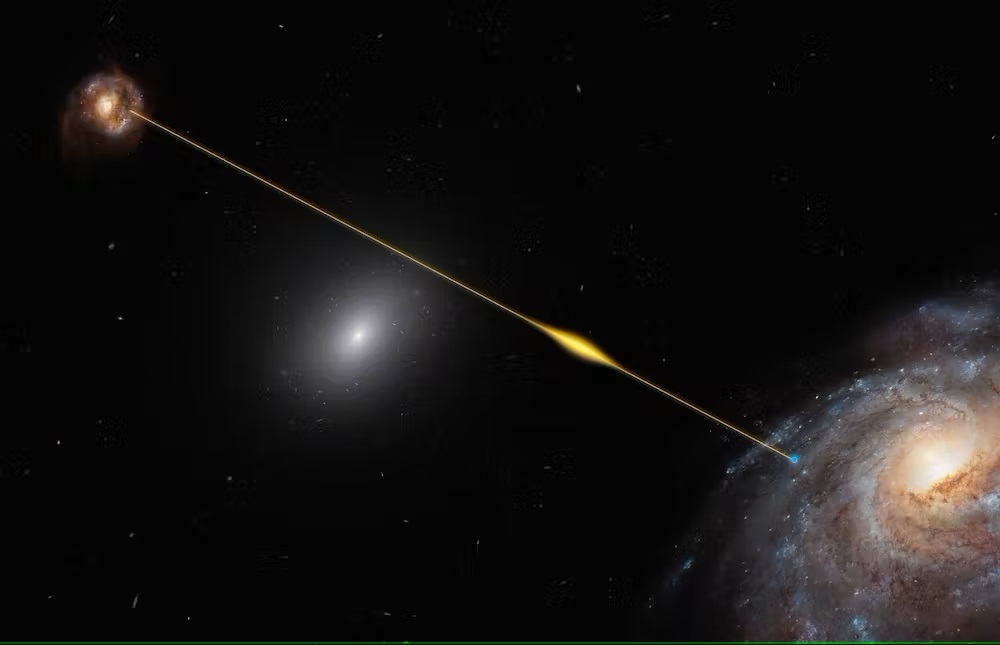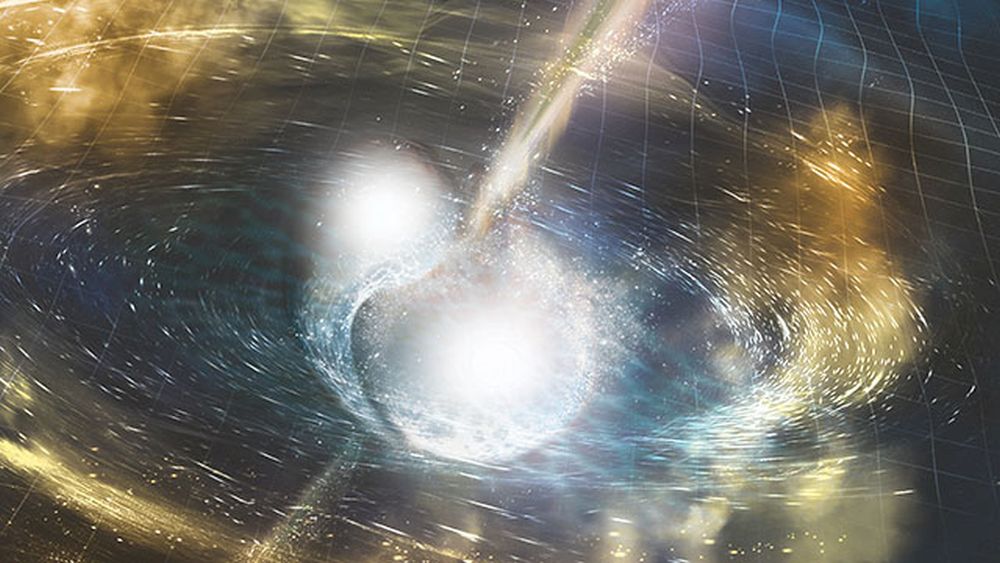Fast Radio Bursts (FRBs) were first detected in 2007 (the Lorimer Burst) and have remained one of the most mysterious astronomical phenomena ever since. These bright radio pulses generally last a few milliseconds and are never heard from again (except in the rare case of Repeating FRBs). And then you have Gravitational Waves (GW), a phenomenon predicted by General Relativity that was first detected on September 14th, 2015. Together, these two phenomena have led to a revolution in astronomy where events are detected regularly and provide fresh insight into other cosmic mysteries.
In a new study led by the Australian Research Council Centre of Excellence for Gravitational Wave Discovery (OzGrav), an Australian-American team of researchers has revealed that FRBs and GWs may be connected. According to their study, which recently appeared in the journal Nature Astronomy, the team noted a potential coincidence between a binary neutron star merger and a bright non-repeating FRB. If confirmed, their results could confirm what astronomers have expected for some time – that FRBs are caused by a variety of astronomical events.
Continue reading “Gravitational Waves From Colliding Neutron Stars Matched to a Fast Radio Burst”

